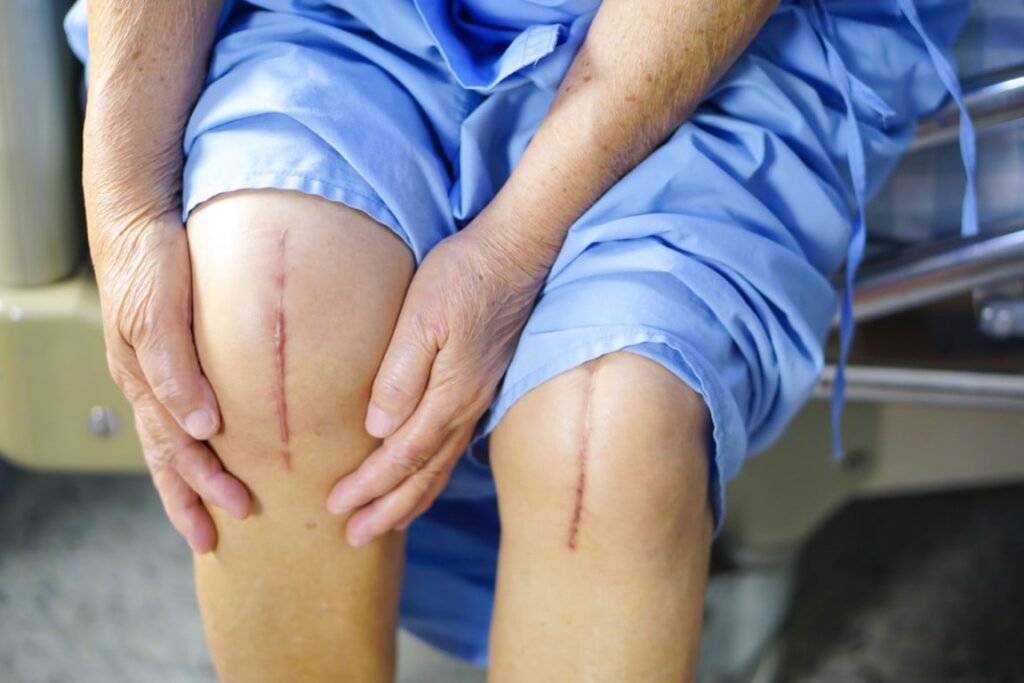Knee replacement surgery is a major procedure aimed at relieving pain and restoring mobility. But even with a well-positioned prosthesis, many patients experience lingering discomfort, tightness, or limited range of motion—often due to untreated scar tissue. That’s where Uli’s method makes a crucial difference.
After surgery, swelling is common. The lymphatic system slows, the knee feels heavy, and movement is restricted. Uli’s manual techniques encourage lymphatic drainage and reduce pressure, often providing immediate relief and improving joint function.
Hardened scar tissue can also interfere with movement. When adhesions form between skin, fascia, and underlying muscle, knee extension and flexion become painful. Uli’s therapy gently mobilizes these structures, improving flexibility and easing discomfort.
Early mobility is critical after knee replacement. However, numbness or sensitivity around the scar may lead to protective behavior or poor posture. Sensory retraining helps the skin regain normal perception. As sensation returns, movement becomes smoother and more confident.
The emotional impact is also real. A visible or painful scar can reduce motivation, confidence, and quality of life. Uli’s method respects this reality, fostering a nurturing, respectful space where recovery is not just physical—but emotional, too.
By combining fascial release, neuromuscular re-patterning, and gentle scar stimulation, the therapy works deeply and sustainably. Patients report renewed trust in their body, reduced tension, and improved control of movement.
Scar therapy doesn’t replace rehab—it enhances it. By addressing scar-related dysfunction, patients gain fuller recovery and better integration of their knee prosthesis into everyday life.

